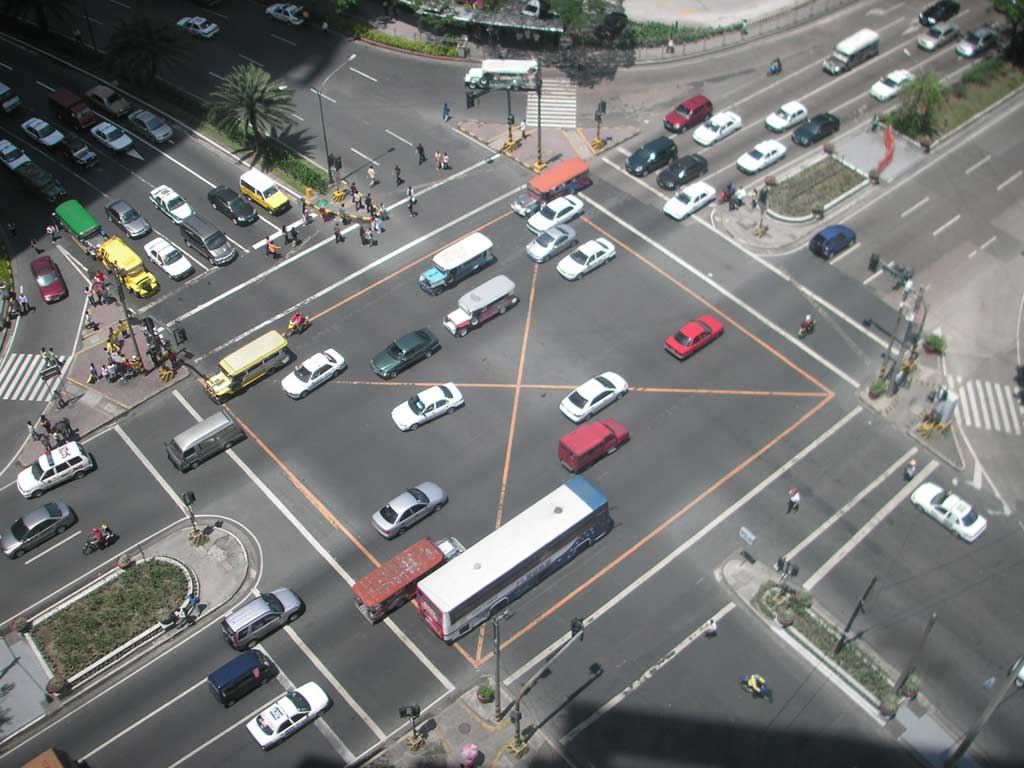Creating Safe, Affordable Vibrant, Innovative & Interconnected Cities
The main goal of transportation systems for federal, state and local stakeholders as well as businesses and the general population is to move people from point to point safely and efficiently. The new field of Intelligent Transportation Systems (ITS) has sprouted up to help improve the application of new technologies to the problems and challenges of large transportation systems. These new technologies are uniquely suited to greatly enhance and coordinate travel management that can save lives and money while minimizing impacts to the environment and human, animal and natural ecosystems.
New advanced communications systems include synchronize traffic lights, dynamic message signs (DMS), Automatic Fare Collection (AFC), Passenger Information Systems (PIS), Intelligent Traffic Supervision (ITS) and new field devices, transit technology, tolling technology and managed lanes.
At the same time better communication between all people and technologies in new transportation systems, such as providing better travel information, serve to vastly improve the management of city, state and federal highway systems.
Improving the Reliability and Efficiency of Transportation Networks
While the Chinese may be able to build cities from scratch, most city and regional transportation authorities are dealing with transportation infrastructure and systems that have been cobbled together over decades. These players are charged with coordinating and developing new ITS elements into their local unique systems.
Seattle, Washington, for example, has created the Seattle Department of Transportation Citywide Planning-Intelligent Transportation Systems (ITS) Strategic Plan covering the decade ending in 2020. A 10 year approach seems to be the minimum timeframe in which more intelligent transportation system projects can get underway and begin to come to fruition.
The key elements needed for Intelligent Transportation Systems are:
- improving transport safety and mobility
- integrating advanced information communications technologies into the transportation infrastructure
- development of travel management systems
- development of safety management systems
- the collection of vast amounts of data that can be easily shared and used among Intelligent Transportation System players.
Today cutting edge technology including command-and-control systems, intelligent video analytics, video cameras, thermal sensors and more are making many of the above key elements a reality.
The following video explains Intelligent Transportation Systems and Traffic Control and Management.







